"Post your hips between your elbows. Carry your hand. Arms, elbows and hands quiet, move the bit with the fingers. Move the bit, not the neck. Elbows are part of the core. Smaller steps walk in to halt. Sit on the back of your pockets. Let your ponytail drop down into the horse's tail. Pick up the contact not by pulling the head in but by rounding the horse and taking up the slack in the reins. Alignment. Look for the belly line that the horse is engaging the abdomen.
Warm up leg yield quarter line to wall, then small circle, then leg yield wall to quarter line, circle, then centre line change direction. This increases suppleness and responsiveness to both legs. How do you keep the head, neck and wither aligned if your hands are high? If we let the neck bend we can't channel the horse between the legs. Push the ribcage to the outside, to the outside rein. Don't let a transition happen if they're not using their whole body.
Your job as the rider is to keep the bit centred in the mouth. Light contact is only good if it's effective. Ride either on the bit or on the buckle unless there's a safety issue. Ride all transitions from the seat, not from going faster or by pulling on the reins. Keep the contact with your elbows and core. Keep the horse supple with the fingers. 'Jumpers have to ride the short side to prepare for the long side!'
If the trot after canter is uncomfortable to sit, then you rode a bad transition. Don't go posting just to quit riding. Repeat the transition if the horse 'throws the anchor'."
Joanne helped Ludi and I find another level of connection and collection within his canter. I put the double bridle back on for Sunday's lesson to see if it would help keep him from running through the flying changes, and it sure did! We'll strengthen his canter more and be certain the changes will get even better. A few days later I took him for his first visit to the beautiful Westmeath Park with good friends for a little break in the routine:
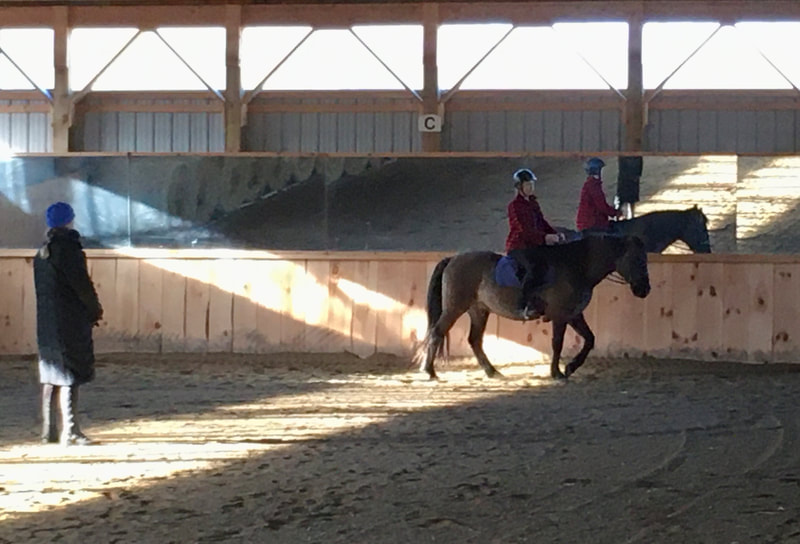
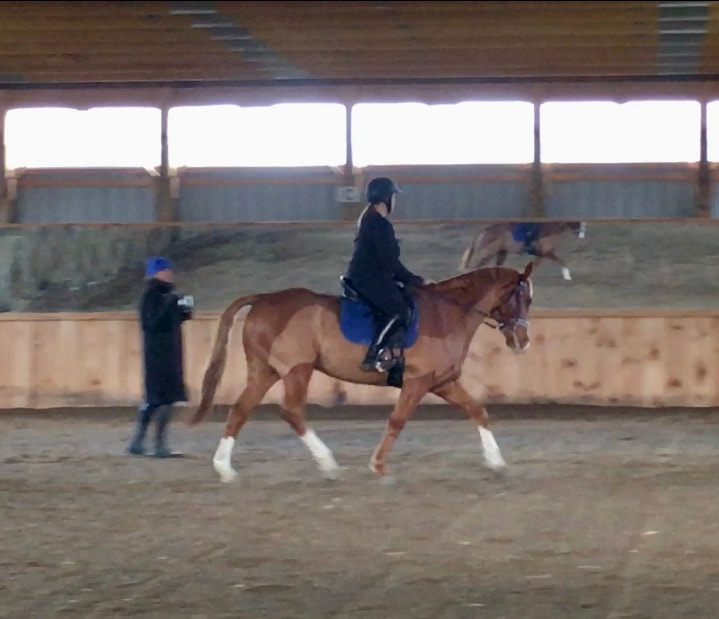
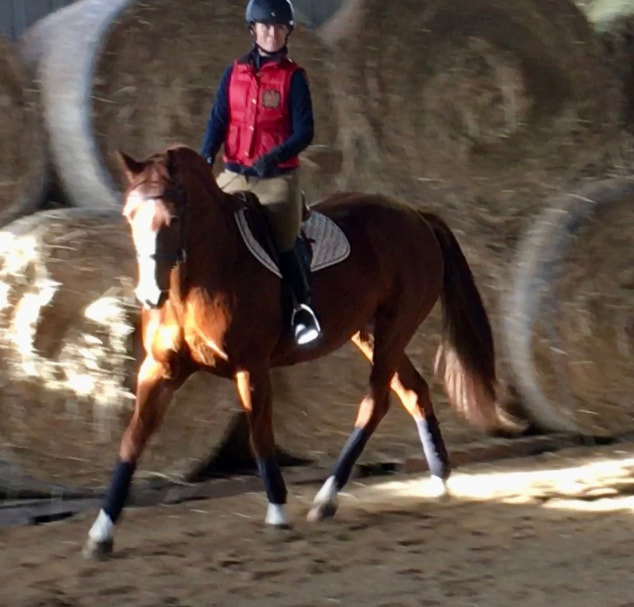
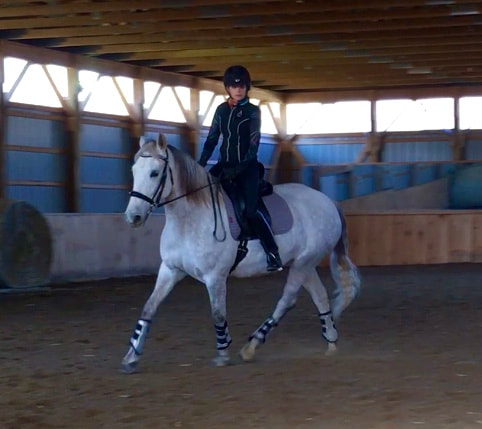
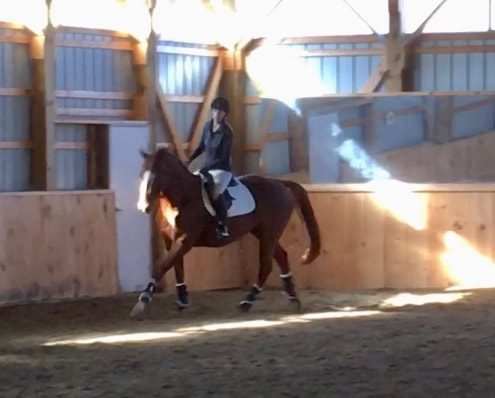
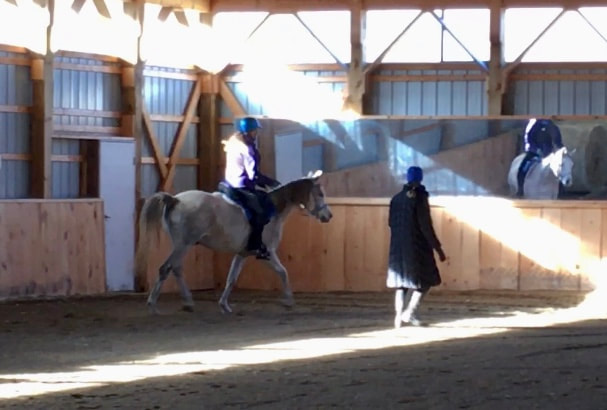
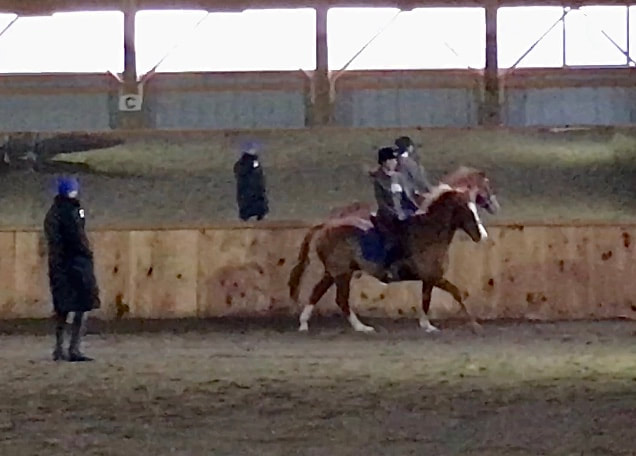
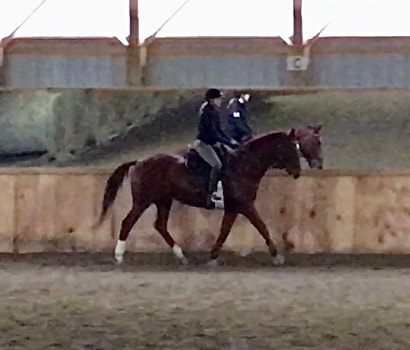
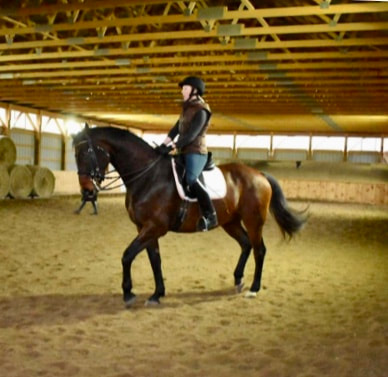
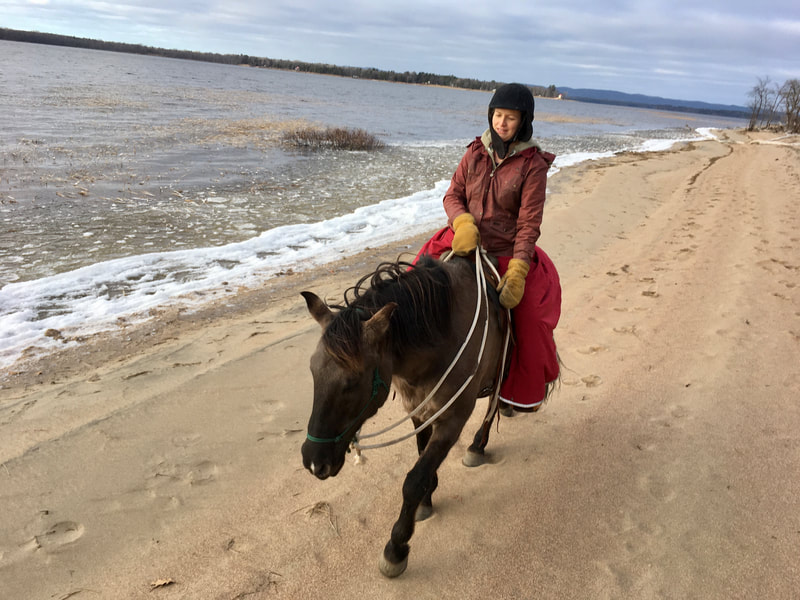
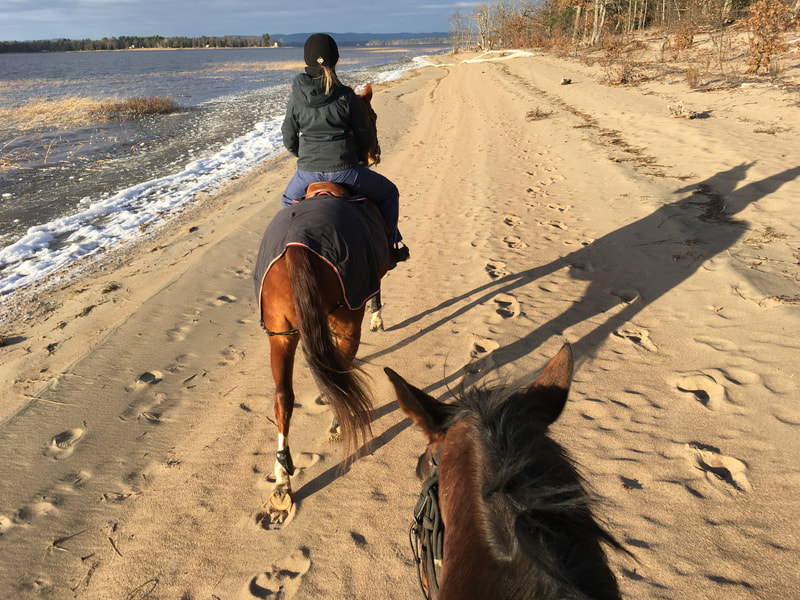
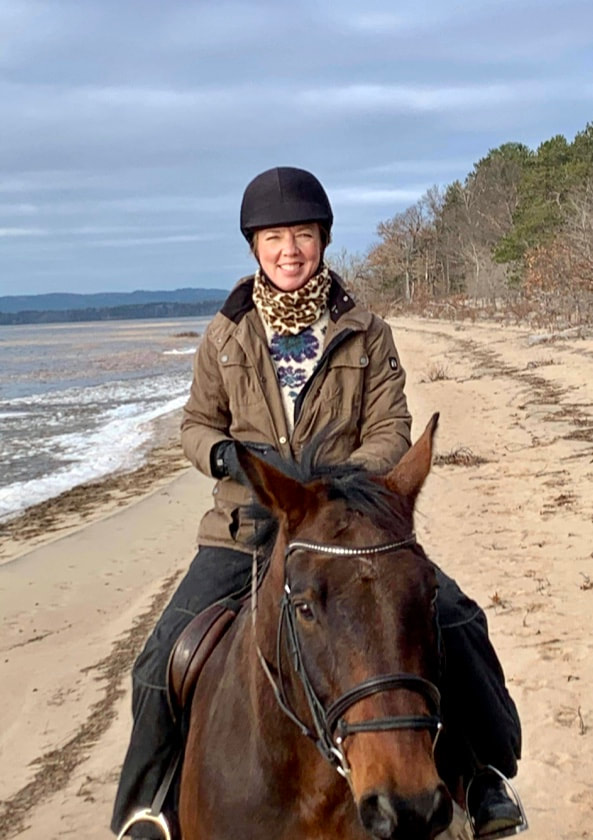
 RSS Feed
RSS Feed